What are the steps in the formation of transverse arcs?
What are the steps in the formation of transverse arcs? In general, initiation of stress fiber formation is modulated by signaling cascades involving RhoA small GTPase [1] (reviewed in [2]). Most G-actin polymerization is driven by the actin polymerizing machinery at the barbed end [...]


